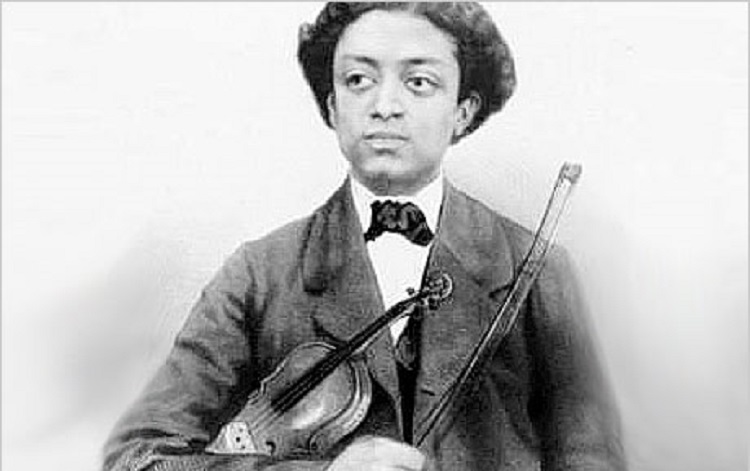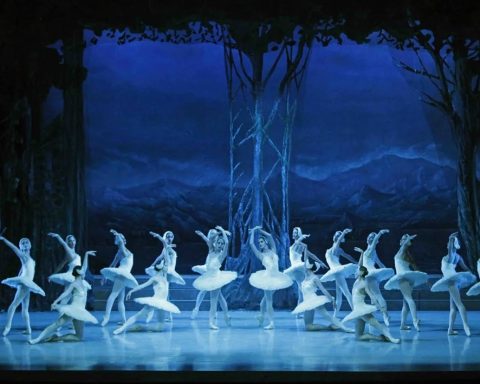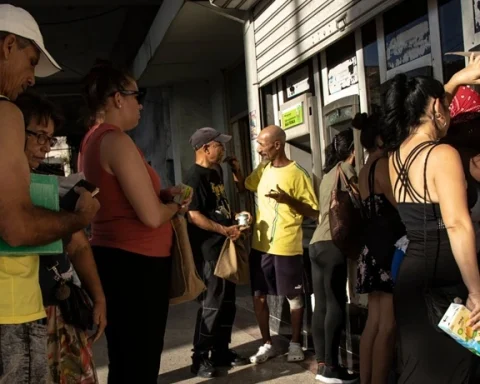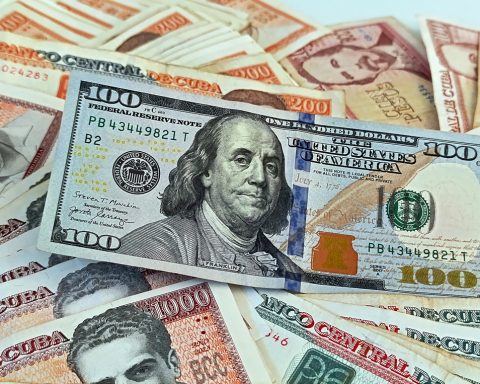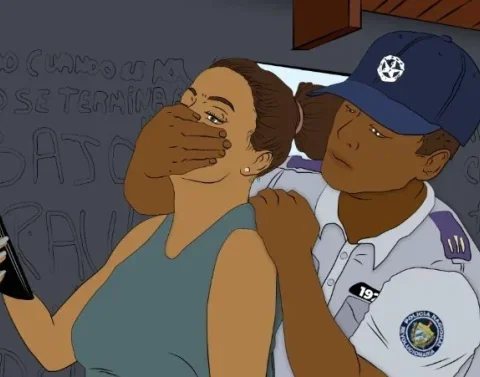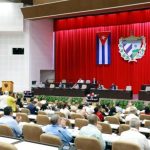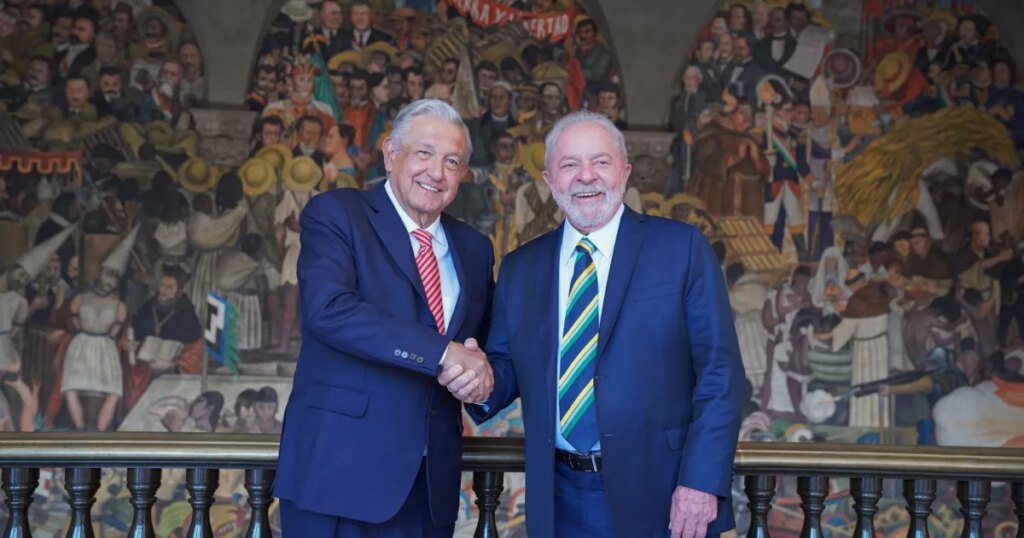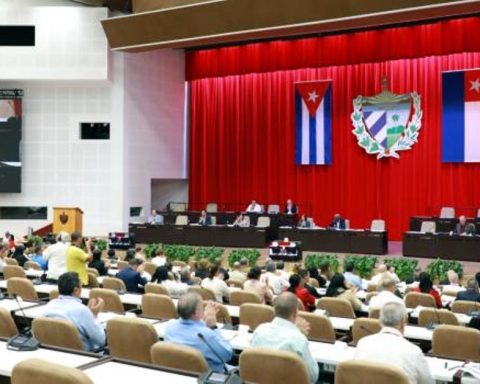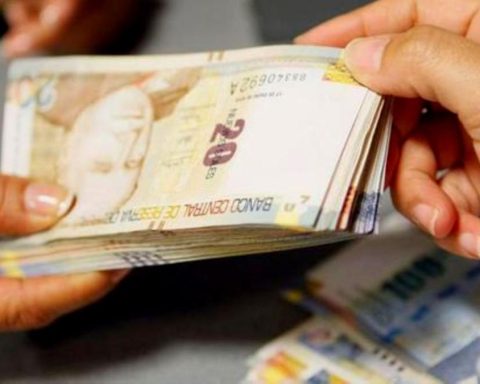MADRID, Spain.- Son of the French merchant Carlos White Lafitte and the Afro-Cuban ex-slave María Escolástica, born in Matanzas on January 1, 1836, José White showed his taste for the violin when he was only four years old. At nineteen he played sixteen musical instruments, including violin, viola, cello, piano, guitar, flute, and bugle.
From these first early steps, he would develop a successful musical career to become one of the greatest violinists and Cuban composers and some of the most famous of the 19th century.
He gave his first concert in Matanzas in 1854, together with the American pianist Louis Moreau Gottschalk, and later he went to France, where he carried out a large part of his musical studies.
In the French capital, José White was first violin in a string quartet and was appointed member of the Concert Society of the Paris Conservatoire.
In 1864 he composed his “Concert in F minor” for violin and orchestra and wrote “Six brilliant studies”.
In the 1870s he traveled throughout Europe and the United States, where he gave concerts on prestigious venues.
He was the teacher of the Romanian George Enescu, who would also become a renowned violinist, composer and conductor.
José White, who died in Paris on March 12, 1918, at the age of eighty-two, left great works to music, among them the Havanan “La bella cubana”.
Written by White for two violins and orchestra, “La bella cubana” is considered one of the three most emblematic songs of Cubanness.
José Martí wrote about the virtuosity of José White: “White does not play, he subdues. The notes slip on his strings, they complain, they slide, they cry. They sound one after the other like falling pearls would sound!”
Receive information from CubaNet on your cell phone through WhatsApp. Send us a message with the word “CUBA” on the phone +525545038831, You can also subscribe to our electronic newsletter by giving click here.
